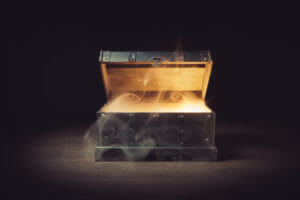
Honjo Masamune - The best sword in the world?
Katana are closely associated with the Japanese samurai, who wore their katana not only as a weapon but also as a symbol of their class. During the Meiji Restoration

Katana are closely associated with the Japanese samurai, who wore their katana not only as a weapon but also as a symbol of their class. During the Meiji Restoration
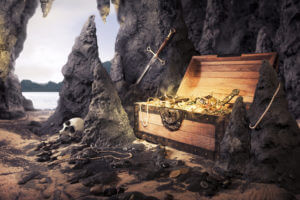
Which is the most expensive katana in the world? Japanese katana are generally regarded as the most expensive swords in the world. Many historical nihonto are considered priceless, but
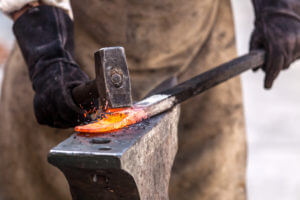
The assumption that good knife steel = good sword steel It stands to reason that a steel that is suitable for making knives must also be a good sword steel.

We have collected samurai wisdom and quotes here. It is always amazing to see how these centuries-old quotes are still relevant to modern life.
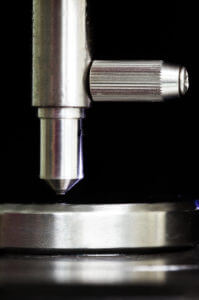
What does hardness mean? The hardness, such as the HRC hardness, of a material is technically the resistance that a material offers when another material

Why are there certificates for swords? Certificates are used to assess the quality of a high-quality sword. Swords are assessed and categorised by experts according to certain criteria.
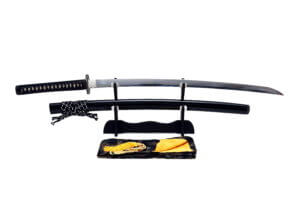
...most buyers quickly realise that the sword still needs to be placed somewhere in the home. We offer a wide range of
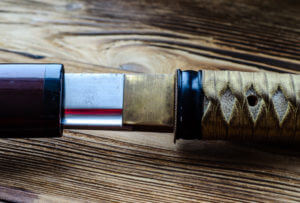
There are many ways to damage a samurai sword, whether intentionally or unintentionally. You should therefore observe the following basic rules for sword protection in order to enjoy your sword for a long time
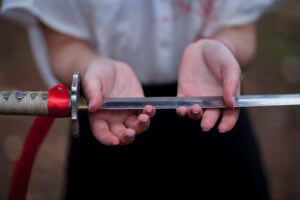
Here you will find instructions on how to properly care for your samurai sword. We recommend a sword care set or equivalent care utensils. You are welcome to share the following information with
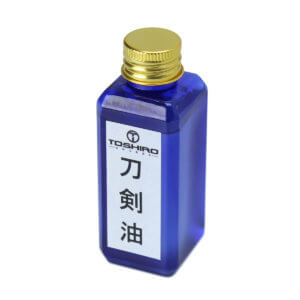
To maintain the condition of a samurai sword, continuous sword care is essential (you can find our sword care instructions here). Swords with stainless steel blades are an exception.
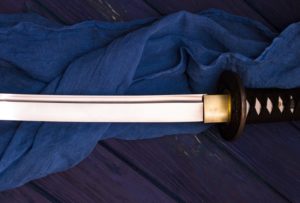
Blades of samurai swords are often provided with fullers (Hi). These are commonly known as blood grooves. The purpose of this fuller is primarily to reduce
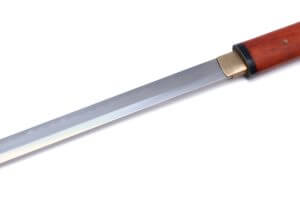
The back of the blade (mune) is a characteristic feature of a sword blade. Samurai swords have these: Mune Hikushi Blunt-angled Mune Takashi Pointed-angled Mitsu Mune or Shin
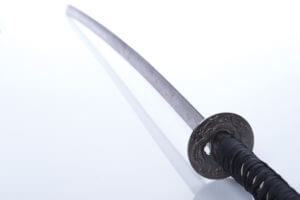
Definition of Sori It is the term for the curvature of the blade. A rough distinction is made between a rather strong and a rather slight curvature. To define it exactly
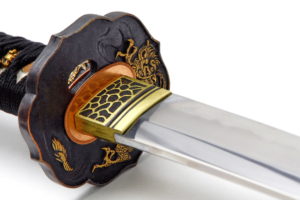
Position on the sword The habaki sits between the blade and the tsuba, or seppa, at the transition from the blade to the tang. It is usually made of brass and
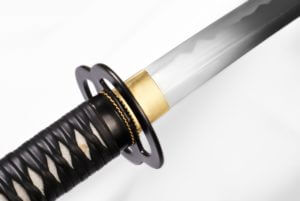
The quality of the steel is one of the most important criteria for a sword. Depending on which blade steel is used, the properties and possible uses change
